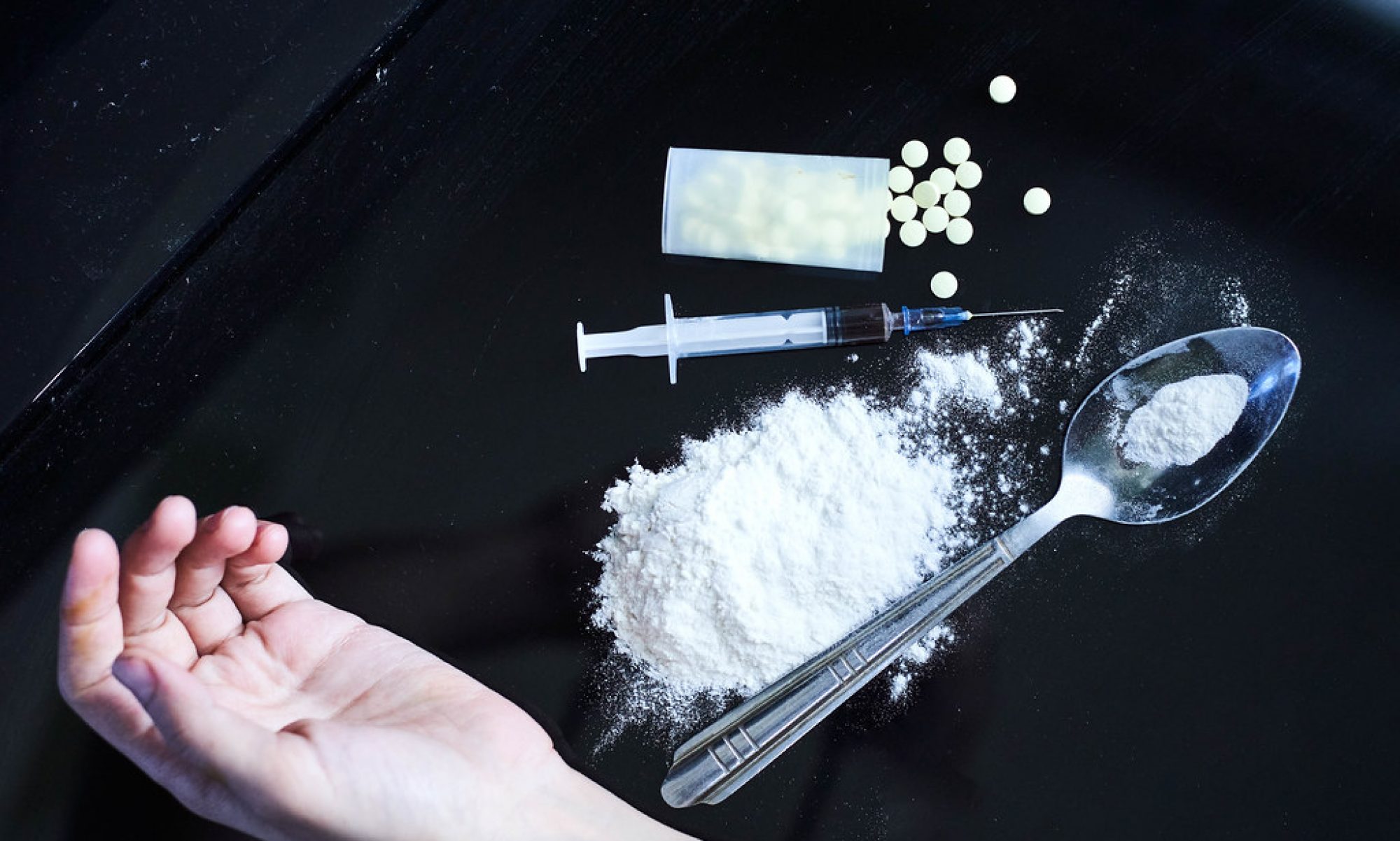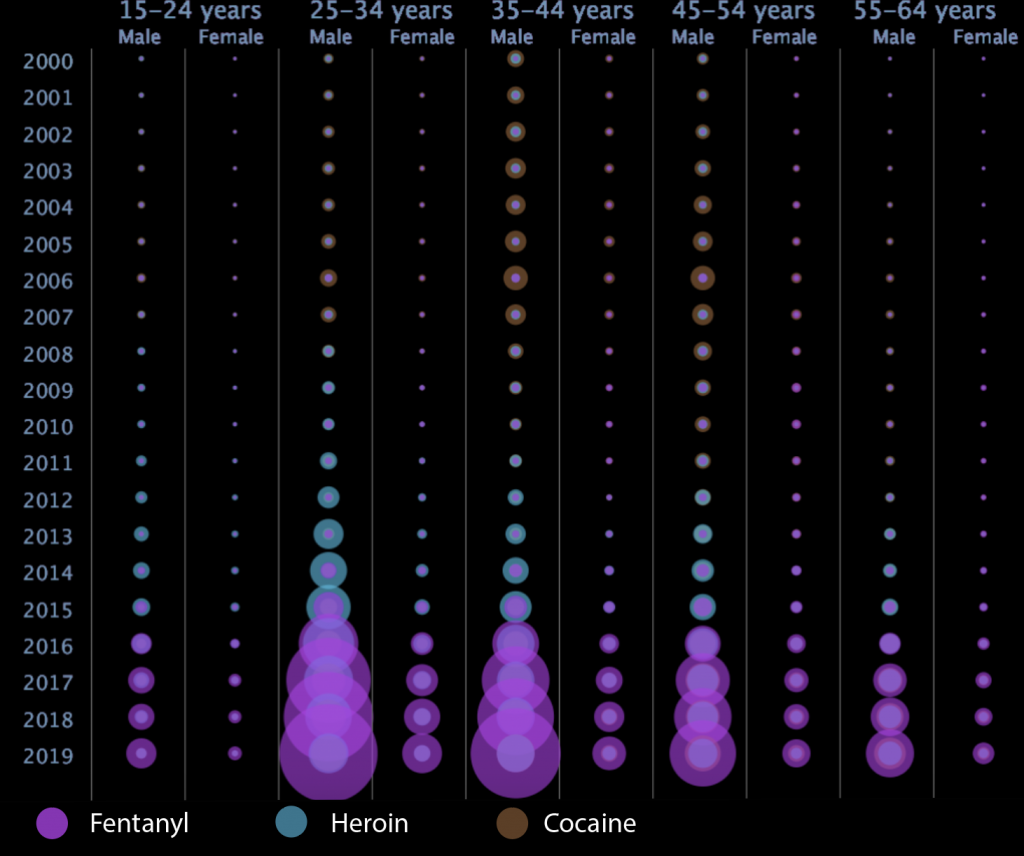Drugs can be dangerous, especially mixed with other illicit drugs. One alarming concern associated with unregulated drug use is that buyers might unknowingly purchase contaminated or counterfeit substances.
Rachel Barry, a CSU Monterey Bay student, wanted to advocate for more fentanyl test strips provided on campus to reduce the chance of misusing contaminated drugs. She handed out the test strips to students last May and surveyed their attitude toward harm reduction with testing kits. The study indicated that most students were in favor of utilizing testing kits if they are available on campus.
“Our campus and surrounding community has been impacted by overdoses caused by fentanyl-contaminated drugs, so I’m hoping that having access to these strips will be positive,” Barry said.
Trojan Awareness Combatting Overdose, or USC T.A.C.O, is a newly-formed student-led initiative at the University of Southern California aiming to empower the students to make informed decisions about personal drug use by providing non-judgmental facts on drugs. Madeline Hilliard, a computational neuroscience senior at USC, founded the organization after drug overdoses, especially mixed drugs, took lives of four fellow students in 2019 and many others in 2020 at the university. Hilliard’s friend was one of them.
“He passed away from mixing Xanax and alcohol, which when I woke up to the news that morning, I was equal parts just heartbroken but also infuriated because he was extremely bright, was going to graduate magna cum laude, and like had so so much in front of him,” Hilliard said. “And just because no one had ever told him better, and no one had ever told him about the risks he was taking, that he ended up dying from it.”
“We’ve lost like almost 20 kids in my senior class alone in my time at USC to drug overdose. So no, USC is not doing anywhere near enough,” she added. “And that gap is what necessitated the founding of our organization.”
Starting distributing fentanyl test strips six weeks ago, the organization has handed out about 500 strips to USC students. Partnering with greek life at the university, T.A.C.O. has informed every single new member about the risk of using drugs and how to deal with overdose, Hilliard said.
Hilliard noticed that the general college students do not always have access to even the most basic facts – mixed drugs can be lethal, for example. “Your parents don’t teach it to you, because they don’t really know how, and a lot of times, your school teachers don’t tell you about it, because it’s taboo. And if you go on the internet, you’re probably going to find either sources that are shaming all drug use… or scientific research papers,” she said.
“Our core value is we are neither pro- nor anti-drug use… Because we’re not here to shame anybody,” she added.
Moving forward, Hilliard and other co-founders of T.A.C.O hope to expand the organization’s branch to the surrounding communities, including other colleges like UCLA, Loyola Marymount University and Chapman University.
With universities and schools shutting its door under social distancing policies, students were left without any in-person resource to help them combat addiction. Working at two universities in Buffalo, former addiction doctor Richard Blondell said the drug issue has been intractable for academic institutions even before the pandemic. He recognized that the on-campus treatment programs are expensive, and the schools usually do not have a clear plan about what to do with the situation. Meanwhile, promoting drug treatment policy can turn off potential parents of potential students, he said.
“You have a budget problem because people aren’t coming to school. And because of the pandemic, your tuition revenue is falling down. You know there’s a drug problem that you have no idea what to do about it,” he explained. “So from the administrative point of view … it’s gonna cost you money, it’s gonna put negative PR, and you’re going to commit to doing something that may or may not work.”
“How do you prevent people from starting things that are going to lead to bad outcomes?” Blondell said. “That’s the dilemma we have. We don’t really know what to do.”
Last year, 13 people were arrested for drug trafficking on campus at Zagorski’s university. At a university level, Zagorski thinks confronting the stigma of drug use is at the center of fighting against the drug epidemic. “Trying to normalize conversations around drug use is different than, I think, for normalizing drug use, people get very antsy about that,” she said. “There’s a lot of assumption that if we talk openly about drug use, like it’s a real thing that normalizes it, in general, and then people get kind of upset about it.”
“Step one is just having that honest conversation. We see lots of, you know, talking about drugs, that’s really just limited to abstinence-only kind of conversations,” she added. “Because there is a spectrum, there is a spectrum in between abstinence and drugs really taking control of your life, there’s a lot of different ways to kind of approach it.”
Blondell welcomes students who come to his office for addiction-related help, and he tries to give them “factual, non-judgemental matter of fact” and encourages them to make the right decision on their own. “The only thing we have is education,” he said.
“Other than that, what else can you do? I wish I knew.”
Puri thinks “schools are turning a blind eye” although “they know drug use is going on.”
University and high school teachers know when the students come in high, but they’re literally turning their head the other way, because they don’t want the legal implications, Puri said. “And this is why I think it’s going to be really hard. And you know, we have to take it all the way up to the government and to Congress in the Senate, or whatever the higher ups are to make this a mandate that schools should be responsible,” she added.
“We’re paying for freaking mental health with our tuition fees,” Puri said. “Why is the school not providing that and … not putting the kid out of classes and helping out with that?”

